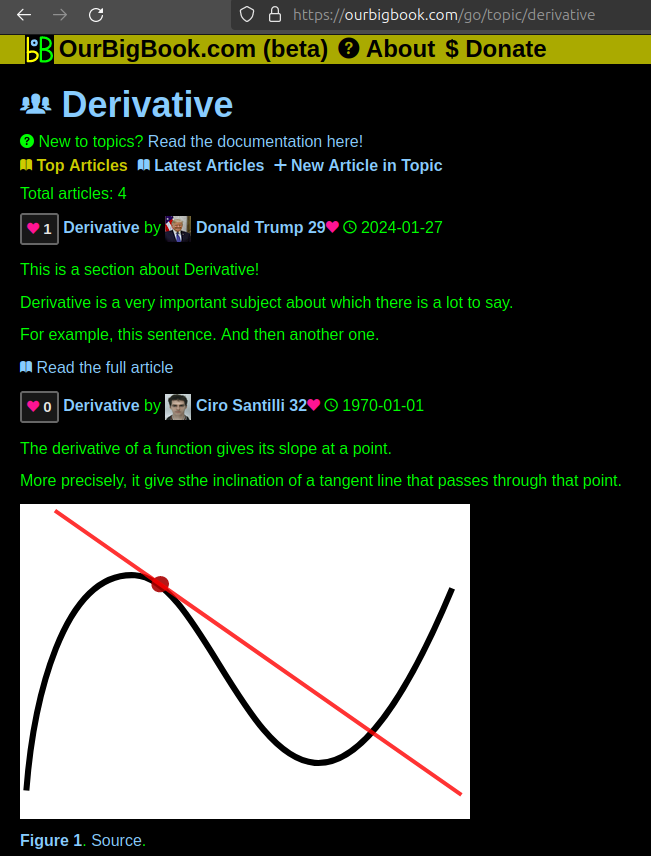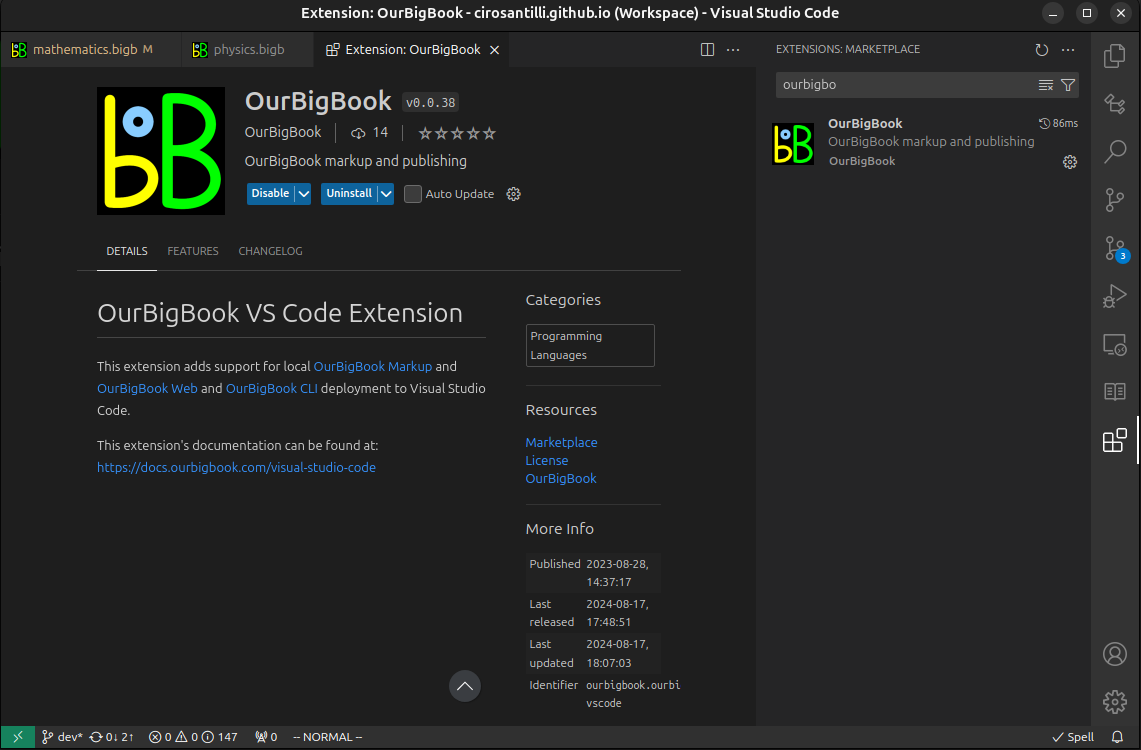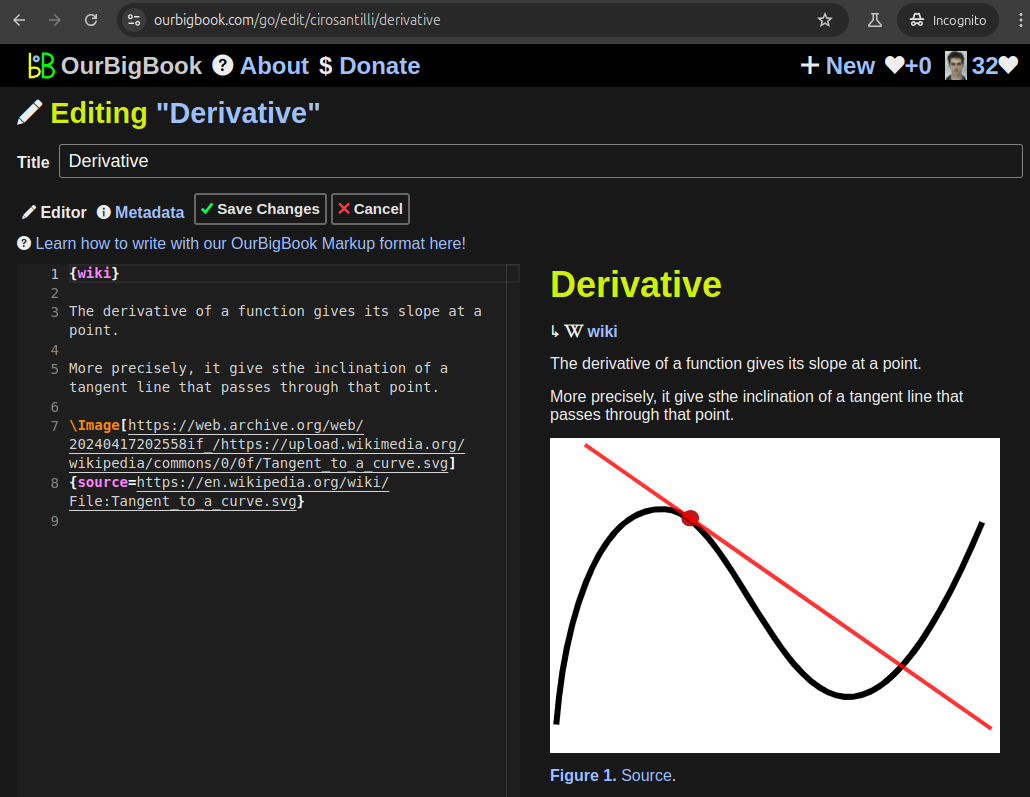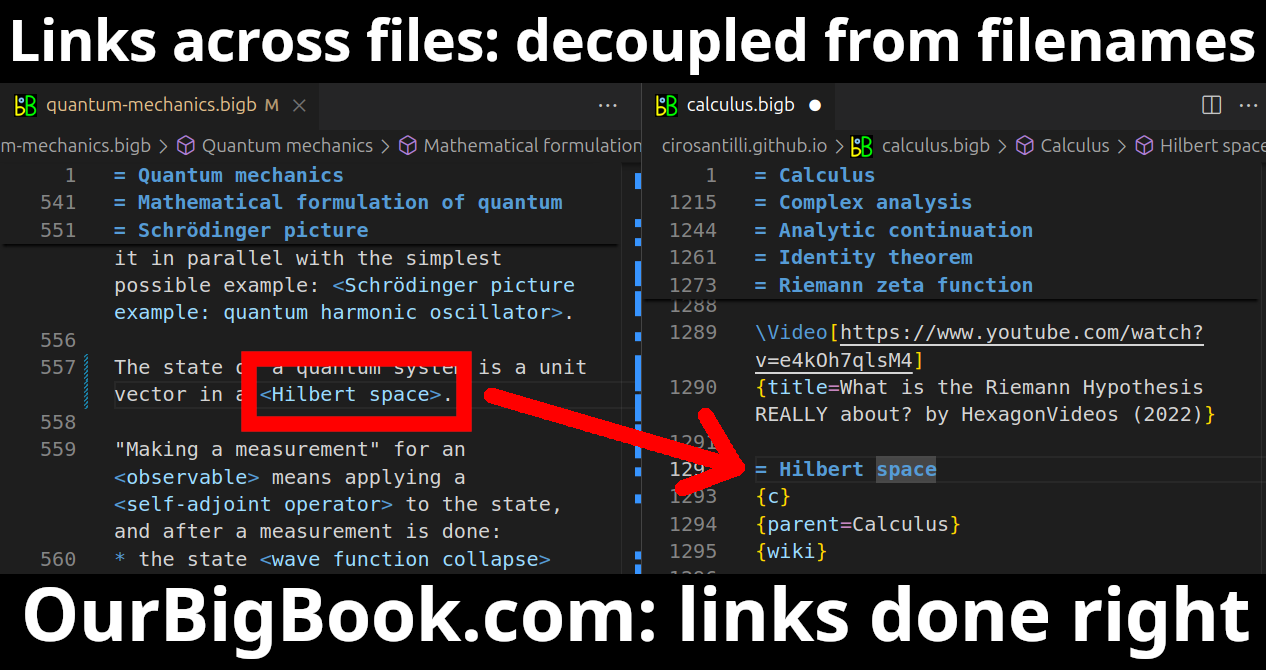Unifies both special relativity and gravity.
Not compatible with the Standard Model, and the 2020 unification attempts are called theory of everything.
One of the main motivations for it was likely having forces not be instantaneous, but rather mediated by field to maintain the principle of locality, just like electromagnetism did earlier.
Subtle is the Lord by Abraham Pais (1982) page 22 mentions that when Einstein saw this in 1915, he was so excited he couldn't work for three days.
Combination of electromagnetism and general relativity. Unlike combining quantum mechanics and general relativity, this combination was easier.
TODO any experiments of interest at all?
As of 2019, the more formal name for particle physics, which is notably missing general relativity to achieve the theory of everything.
cds.cern.ch/record/799984/files/0401010.pdf The Making of the Standard Model by Steven Weinberg mentions three crucial elements that made up the standard model post earlier less generalized quantum electrodynamics understandings
As of 2019, the Standard Model and general relativity are incompatible. Once those are unified, we will have one equation to describe the entirety of physics.
There are also however also unsolved problems in electroweak interaction + strong interaction, which if achieved is referred to as a Grand Unified Theory. Reaching a GUT is considered a sensible intermediate step before TOE.
The current state of Physics has been the result of several previous unifications as shown at: en.wikipedia.org/wiki/Theory_of_everything#Conventional_sequence_of_theories so it is expected that this last missing unification is likely to happen one day, potentially conditional on humanity having enough energy to observe new phenomena.
Appears to be an unsolved physics problem. TODO why? Don't they all fit into the Standard Model already? So why is strong force less unified with electroweak, than electromagnetic + weak is unified in electroweak?
The opposite of quasiparticle, see notaby: quasiparticles vs elementary particles.
Are there more than 3 generations of particles in the Standard Model? by  Ciro Santilli 37 Updated 2025-07-16
Ciro Santilli 37 Updated 2025-07-16
A suggested at Physics from Symmetry by Jakob Schwichtenberg (2015) chapter 3.9 "Elementary particles", it appears that in the Standard Model, the behaviour of each particle can be uniquely defined by the following five numbers:
Once you specify these properties, you could in theory just pluck them into the Standard Model Lagrangian and you could simulate what happens.
Setting new random values for those properties would also allow us to create new particles. It appears unknown why we only see the particles that we do, and why they have the values of properties they have.
Initially light was though of as a wave because it experienced interference as shown by experiments such as:
But then, some key experiments also start suggesting that light is made up of discrete packets:and in the understanding of the 2020 Standard Model the photon is one of the elementary particles.
- Compton scattering, also suggests that photons carry momentum
- photoelectric effect
- single photon production and detection experiments
This duality is fully described mathematically by quantum electrodynamics, where the photon is modelled as a quantized excitation of the photon field.
Pinned article: Introduction to the OurBigBook Project
Welcome to the OurBigBook Project! Our goal is to create the perfect publishing platform for STEM subjects, and get university-level students to write the best free STEM tutorials ever.
Everyone is welcome to create an account and play with the site: ourbigbook.com/go/register. We belive that students themselves can write amazing tutorials, but teachers are welcome too. You can write about anything you want, it doesn't have to be STEM or even educational. Silly test content is very welcome and you won't be penalized in any way. Just keep it legal!
Intro to OurBigBook
. Source. We have two killer features:
- topics: topics group articles by different users with the same title, e.g. here is the topic for the "Fundamental Theorem of Calculus" ourbigbook.com/go/topic/fundamental-theorem-of-calculusArticles of different users are sorted by upvote within each article page. This feature is a bit like:
- a Wikipedia where each user can have their own version of each article
- a Q&A website like Stack Overflow, where multiple people can give their views on a given topic, and the best ones are sorted by upvote. Except you don't need to wait for someone to ask first, and any topic goes, no matter how narrow or broad
This feature makes it possible for readers to find better explanations of any topic created by other writers. And it allows writers to create an explanation in a place that readers might actually find it.Figure 1. Screenshot of the "Derivative" topic page. View it live at: ourbigbook.com/go/topic/derivativeVideo 2. OurBigBook Web topics demo. Source. - local editing: you can store all your personal knowledge base content locally in a plaintext markup format that can be edited locally and published either:This way you can be sure that even if OurBigBook.com were to go down one day (which we have no plans to do as it is quite cheap to host!), your content will still be perfectly readable as a static site.
- to OurBigBook.com to get awesome multi-user features like topics and likes
- as HTML files to a static website, which you can host yourself for free on many external providers like GitHub Pages, and remain in full control
Figure 3. Visual Studio Code extension installation.Figure 4. Visual Studio Code extension tree navigation.Figure 5. Web editor. You can also edit articles on the Web editor without installing anything locally.Video 3. Edit locally and publish demo. Source. This shows editing OurBigBook Markup and publishing it using the Visual Studio Code extension.Video 4. OurBigBook Visual Studio Code extension editing and navigation demo. Source. - Infinitely deep tables of contents:
All our software is open source and hosted at: github.com/ourbigbook/ourbigbook
Further documentation can be found at: docs.ourbigbook.com
Feel free to reach our to us for any help or suggestions: docs.ourbigbook.com/#contact





